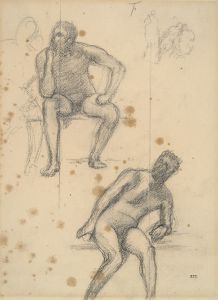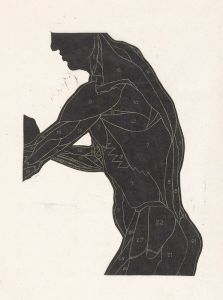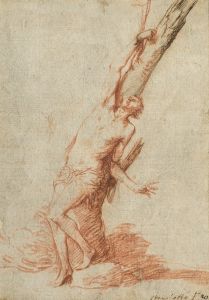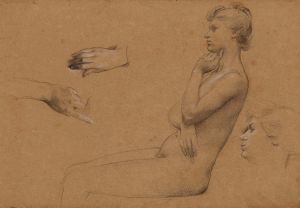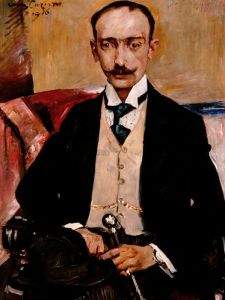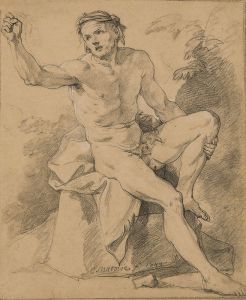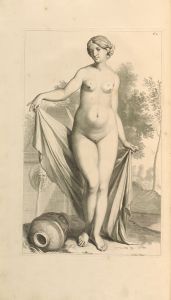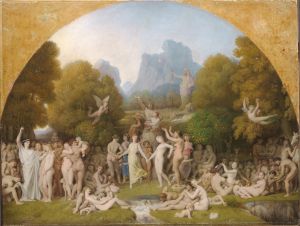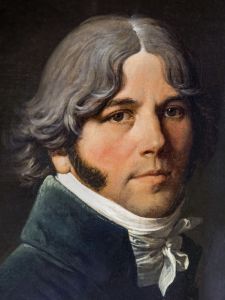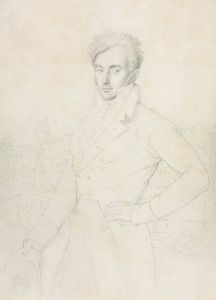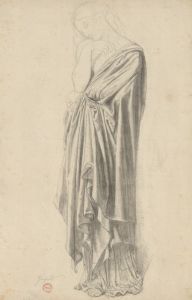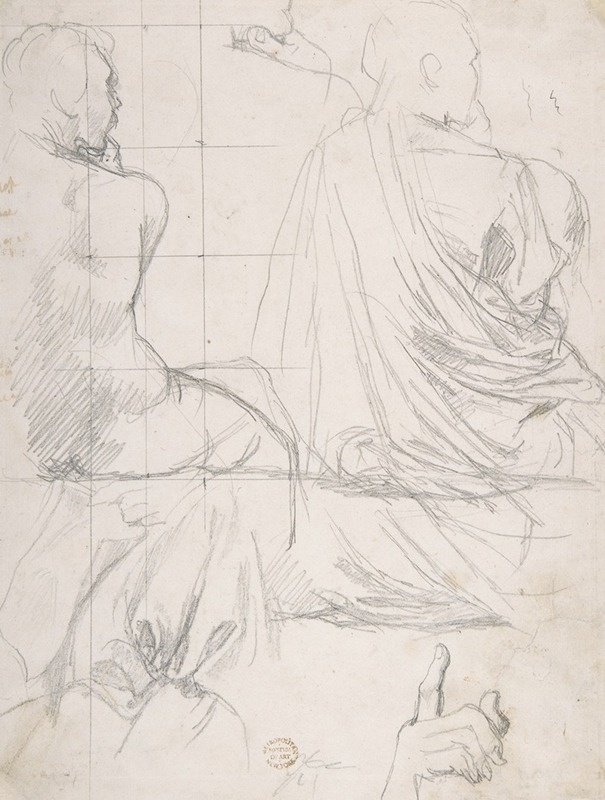
Study of Figures
A hand-painted replica of Jean Auguste Dominique Ingres’s masterpiece Study of Figures, meticulously crafted by professional artists to capture the true essence of the original. Each piece is created with museum-quality canvas and rare mineral pigments, carefully painted by experienced artists with delicate brushstrokes and rich, layered colors to perfectly recreate the texture of the original artwork. Unlike machine-printed reproductions, this hand-painted version brings the painting to life, infused with the artist’s emotions and skill in every stroke. Whether for personal collection or home decoration, it instantly elevates the artistic atmosphere of any space.
Jean Auguste Dominique Ingres, a prominent French Neoclassical painter, created "Study of Figures" as part of his extensive body of work that showcases his meticulous attention to detail and his commitment to classical ideals. Ingres, born in 1780 and passing in 1867, was known for his precise draftsmanship and his ability to convey the human form with remarkable clarity and elegance.
"Study of Figures" is a testament to Ingres' dedication to the academic tradition of art, where the study of the human figure was paramount. This particular work is a preparatory drawing, a common practice among artists of his time, used to refine compositions and perfect anatomical accuracy before committing to a final painting. Ingres' studies often involved multiple figures, exploring different poses and interactions to achieve a harmonious and balanced composition.
The drawing showcases Ingres' skill in rendering the human body with a keen understanding of anatomy and proportion. His figures are often characterized by their idealized beauty, smooth contours, and graceful lines, reflecting the influence of classical sculpture and Renaissance masters. In "Study of Figures," one can observe the careful consideration given to each figure's posture, gesture, and relationship to one another, highlighting Ingres' ability to create dynamic and engaging compositions even in his preparatory works.
Ingres' approach to figure studies was heavily influenced by his academic training at the École des Beaux-Arts in Paris and his admiration for the works of Raphael and other Renaissance artists. His studies were not merely exercises in technical skill but also explorations of form, movement, and expression. This dedication to the human figure is evident in "Study of Figures," where each line and contour is meticulously crafted to convey a sense of life and vitality.
The significance of "Study of Figures" lies not only in its artistic merit but also in its role within Ingres' broader oeuvre. These preparatory drawings provide valuable insight into his creative process and his commitment to achieving perfection in his final works. They reveal the painstaking effort and thought that went into each composition, underscoring Ingres' reputation as a master draftsman.
While "Study of Figures" may not be as widely recognized as some of Ingres' finished paintings, it remains an important piece within his body of work. It exemplifies the rigorous academic training and classical ideals that defined his career and contributed to his lasting legacy in the art world. Ingres' ability to blend technical precision with artistic expression continues to be celebrated, and his studies, including "Study of Figures," offer a glimpse into the meticulous preparation that underpinned his masterpieces.
In conclusion, "Study of Figures" by Jean Auguste Dominique Ingres is a significant work that highlights the artist's dedication to classical principles and his exceptional skill in rendering the human form. Through this preparatory drawing, we gain a deeper appreciation for Ingres' artistic process and his enduring influence on the world of art.





